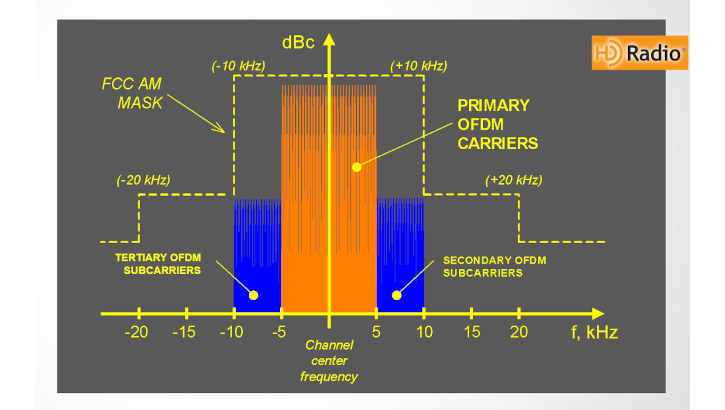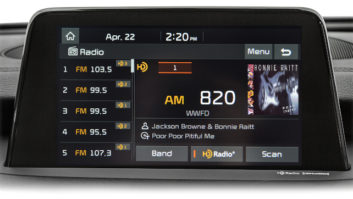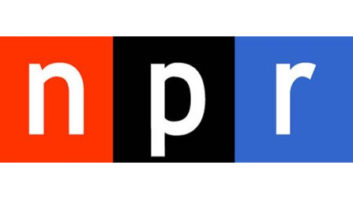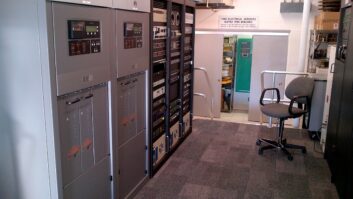This is one in a series of articles about what the industry is telling the FCC about all-digital on the U.S. AM band.
The National Association of Broadcasters says the FCC should allow individual radio stations on the AM band to convert to all-digital HD Radio transmissions if they wish to do so.
The FCC has proposed allowing AM stations voluntarily to broadcast in MA3 all-digital mode of the HD Radio in-band on-channel (IBOC) digital radio. Monday was the first comment deadline.
The NAB says experimental testing has demonstrated the viability of all-digital AM and that broadcaster interest in pursuing the technology is evident. “Allowing stations to voluntarily transition to all-digital AM service will benefit listeners with enhanced AM service and improve AM broadcasters’ ability to succeed in the increasingly competitive audio marketplace,” NAB wrote.

The association believes digital for AM is the way forward and cites the propagation characteristics of the AM band as one of the reasons.
“Analog AM signals are vulnerable to RF interference from fluorescent and LED light bulbs, computer monitors, flatscreen TVs and other devices. NAB has noted that some automakers are choosing to exclude AM radio from their all-electric vehicle dashboard radios because of electromagnetic noise.”
Allowing a voluntary transition to all-digital AM operation “may help reduce or even reverse these trends since digital broadcasting is generally less vulnerable to interference and provides improved audio fidelity and a wider audio bandwidth,” NAB said.
In addition to better sound quality, all-digital will provide other benefits to listeners, NAB argues. MA3 digital mode allows AM broadcasters to provide auxiliary data such as song and artist information and emergency notifications that include text and images, according to NAB.
Existing analog-only AM receivers would not be able to receive all-digital signals. But NAB says there are nearly 70 million cars on the road equipped with HD Radio reception capability, with that number growing steadily. And any loss of listeners due to all-digital operation migration would likely be mitigated by the fact that so many AM stations now employ FM translators, NAB says.
“The commission points out that more than half of all AM stations now have FM translators, potentially softening the blow of any loss of listeners and serving as an important part of an analog to all-digital transition strategy for AM broadcasters,” the association says.
It said that field and lab tests by NAB Labs (now called PILOT) have illustrated successful operation of all-digital AM radio service. “These tests showed that all-digital AM provides audio quality on par with FM stereo, and acceptable daytime coverage even out to the 0.5 mV/m analog contour of most of the tested pathways.”
[Read a commentary about all-digital by Cris Alexander.]
NAB believes the chances of all-digital AM operations causing interference with analog AM stations “is a lesser concern compared to digital hybrid operations because the former produces fewer emissions at the outer limits of the occupied bandwidth.” But it concedes: “By its nature, the all-digital signal is a stronger interferer to co-channel analog signals than are legacy analog AM signals.”
NAB included in its comments a remedy to complaints against all-digital AM stations from neighboring analog signals. “For example, the station operating in all-digital mode may reduce power or reach some other arrangement with an aggrieved co-channel station.” It adds various technical and regulatory options already exist for reducing or eliminating unacceptable interference caused by hybrid digital stations that should similarly apply to all-digital service.
In addition, NAB supports the FCC’s proposal to incorporate the NRSC-5-D standard into the digital broadcasting rules.
[Learn about all-digital for AM in depth in Radio World’s recent webinar “Digital Sunrise for AM,” available on demand.]







